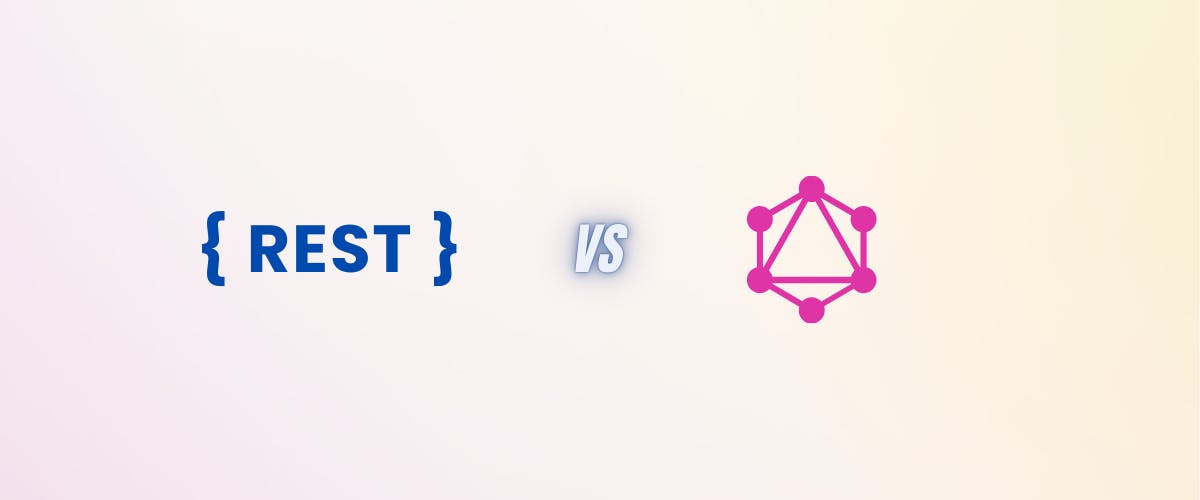REST vs. GraphQL API: What is the difference?
July 17, 2024
API, short for Application Programming Interface, has become crucial to web and mobile application development. It is an essential tool for companies that offer services over the Internet and mobile platforms.
APIs are mechanisms that enable two software components to communicate using a set of definitions and protocols. This allows applications to interact without understanding each other's implementation details. They simplify and accelerate application and software development by enabling developers to integrate data, services, and capabilities from other applications, rather than building them from scratch. APIs also provide a secure and straightforward method for application owners to share their data and functions within their organization or with external partners.
Despite the various API architectural styles available, discussions about two primary paradigms have been in the spotlight lately: REST (Representational State Transfer) and GraphQL. Both offer significant advantages and are widely used in networking projects worldwide. However, they differ significantly in their approaches to data management. We will explore these differences and examine how businesses can leverage REST and GraphQL APIs to optimize their networks.
REST
REST is one of the most popular and flexible architectures and can be defined as a set of principles and constraints necessary for creating a project with well-defined interfaces. It sets guidelines for transferring representations of resources between clients and servers on the web.
Since all communication between an API and other resources uses HTTP, the REST architecture employs methods such as GET, PUT, DELETE, and others, which clients use to access data from the server. Although JSON is commonly used, REST APIs can also support other formats like XML, HTML, or plain text.
A key characteristic of REST APIs is their statelessness, meaning each client request contains all the necessary information for the server to fulfill it, without relying on previous requests or server-side storage. Client-server interactions resemble typing URLs in a web browser to visit websites, with server responses providing simple data, devoid of the graphical rendering typical of web pages.
The main benefits of REST APIs include integration, flexibility, scalability, and ease of maintenance.
GraphQL
GraphQL is a more recent concept than REST, officially launched by Facebook in 2012 and becoming open source three years later. GraphQL, as a new way of requesting data from a server, is a query language, specification, and collection of tools developed to operate over a single endpoint via HTTP, optimizing performance and flexibility.
In other words, GraphQL is a query language for APIs and a runtime for fulfilling those queries with your existing data. It provides a complete and understandable description of the data in your API, gives clients the power to ask for exactly what they need and nothing more, makes it easier to evolve APIs over time, and enables powerful developer tools.
One of the significant benefits of GraphQL architecture is its ability to address various issues not tackled by REST, such as API versioning, over fetching/under fetching by allowing the extraction of only the necessary data, slow performance of large mobile applications, and reducing data transfer costs on both the server and client sides.

When to use REST or GraphQL
REST is likely a better choice if you have these considerations:
- Developing smaller applications with straightforward, less complex data structures.
- Ensuring that all clients consistently use the data and operations.
- Managing scenarios with no requirements for advanced data querying or manipulation.
- Leveraging a well-established, standardized approach with broad community support.
GraphQL is generally more suitable in these situations:
- Optimizing for limited bandwidth by reducing the number of requests and responses.
- Integrating multiple data sources into a single, cohesive endpoint.
- Handling diverse client requests that require different data responses and flexibility.
- Enabling more efficient data fetching, allowing clients to request exactly what they need
In many cases, it is also possible to build a single application with both GraphQL APIs and REST APIs for different areas of functionality. REST can handle simpler, more uniform operations, while GraphQL can be employed for more complex, flexible queries and data fetching.

